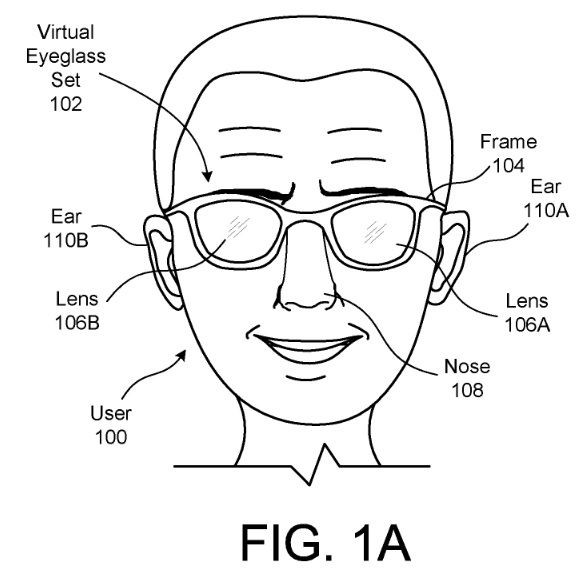Google To Challenge Apple Smart Glasses With Own Wearable
KEY POINTS
- Google recently won a patent for a pair of smart glasses
- The patented virtual glasses set looks different from the company's first Google Glass
- It features technologies that will make users feel as if they're not wearing smart glasses
A new patent granted to Google shows that the Mountain View tech giant is racing against Cupertino tech behemoth Apple in creating the first sleek pair of smart glasses designed for everyday use.
According to the patent, titled “Virtual eyeglass set for viewing actual scene that corrects for different location of lenses than eyes,” Google is working on creating a pair of smart glasses that is able to correct the distance between the user's eyes and the wearable's lenses.
In other words, Google is trying to create a head-mounted display (HMD) device that will make images appear like the user isn't looking through a pair of lenses at all.
Patently Apple, which first spotted the patent publication, noted that the device, if Google succeeds in creating it, will be great at “eliminating a parallax effect.”
Here's a quick look at the device, according to the patent published in July.
It is meant to look like a regular pair of eyeglasses
Patent illustrations show that Google intends for the “virtual eyeglass set” to look just like any other regular pair of glasses. It looks different from the company's first smart glasses, known as the infamous Google Glass.

It uses light field cameras on both lenses
Per the patent, the unnamed HMD has two “virtual” lenses – one for each eye.
The lenses will have two sides: one facing the user's eyes and the other facing the environment directly in front of the user's head. The inner side will feature a “light field display,” and the outward-facing side will have a “light field camera,” also known as a plenoptic camera.
The plenoptic camera will allow the device to capture images from multiple viewpoints. These images will be fed into an onboard processor, which will use the images to create three-dimensional scenes to be displayed on the light field display found on both left and right virtual lenses. This results in users being able to see scenes as if they were viewed directly from their eyes.
It remains to be seen whether the tech giant will be able to create a sleek-looking HMD given its technologies.
It is also currently unclear as to what other technologies will be included in the device aside from what's mentioned in the patent.
© Copyright IBTimes 2024. All rights reserved.





















